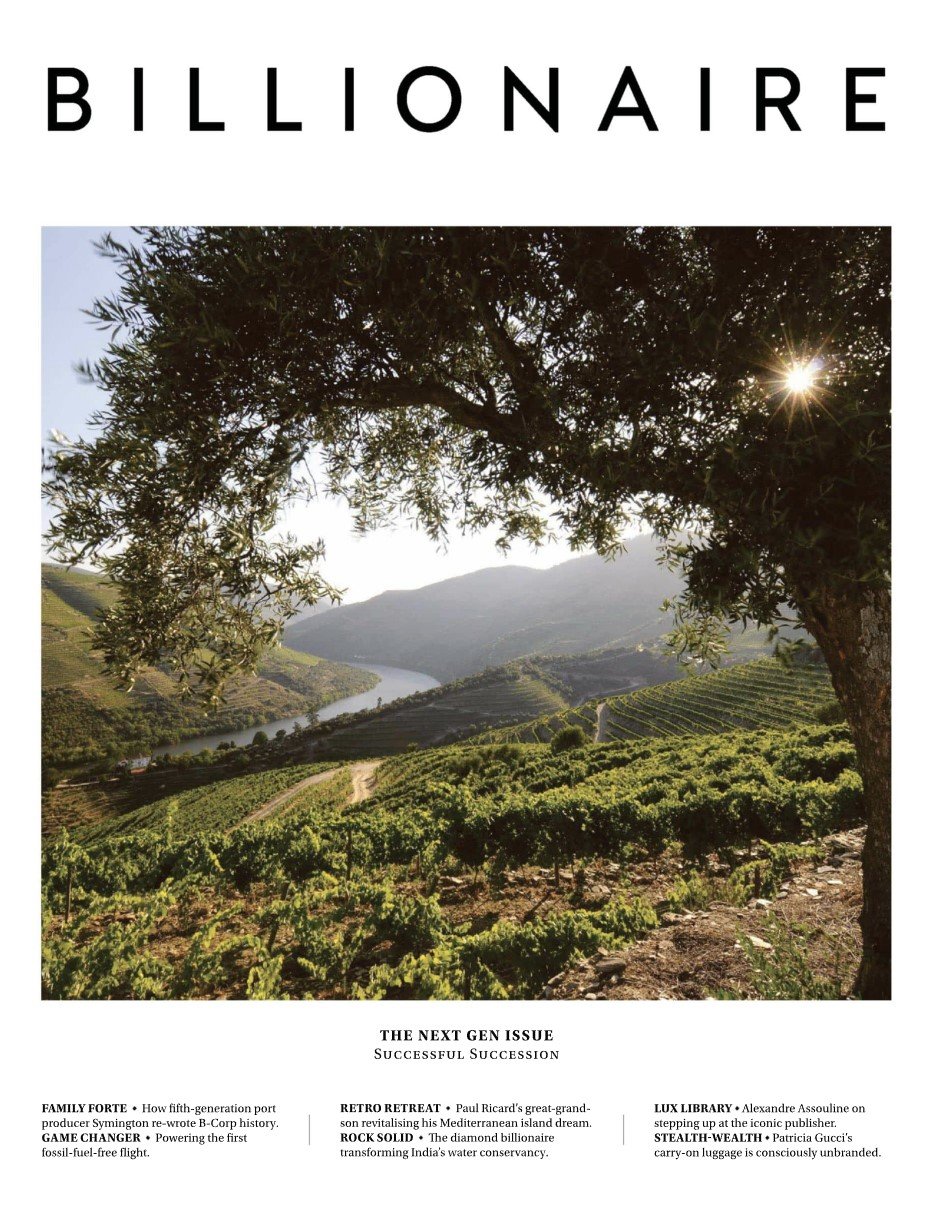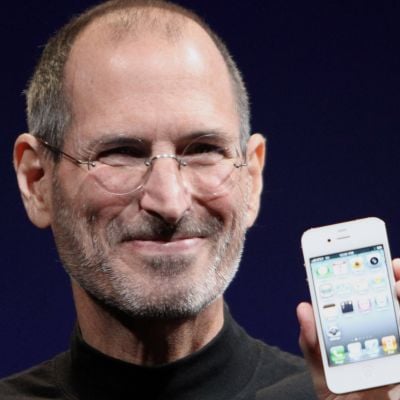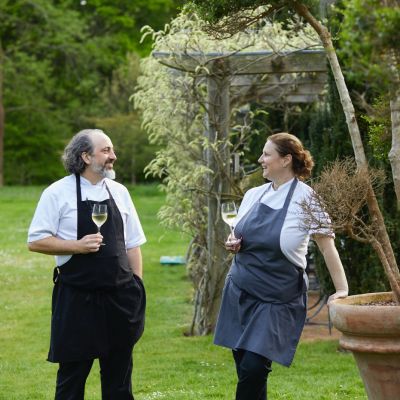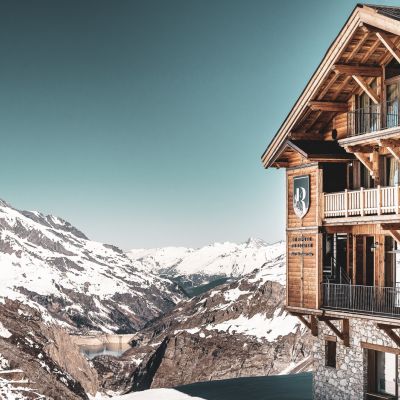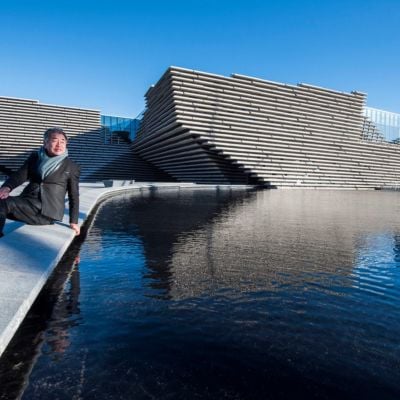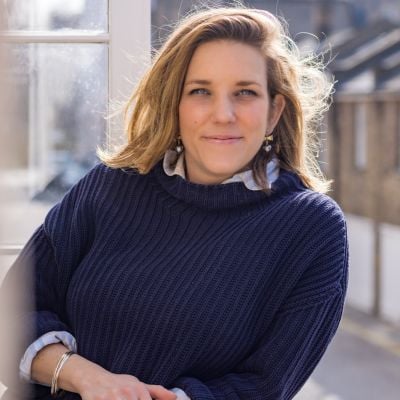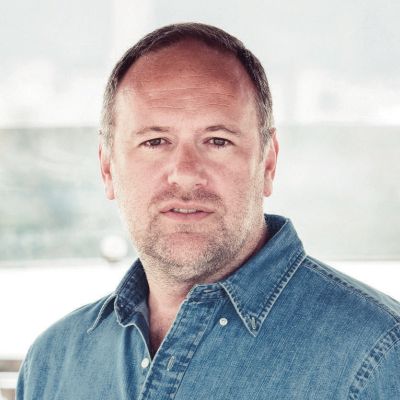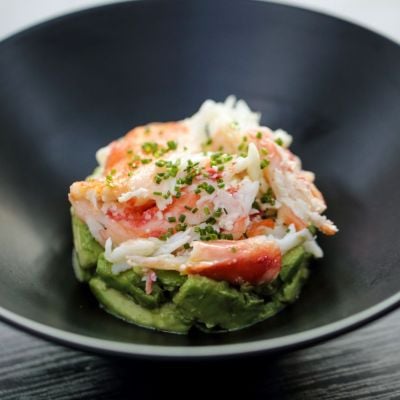Design For Change
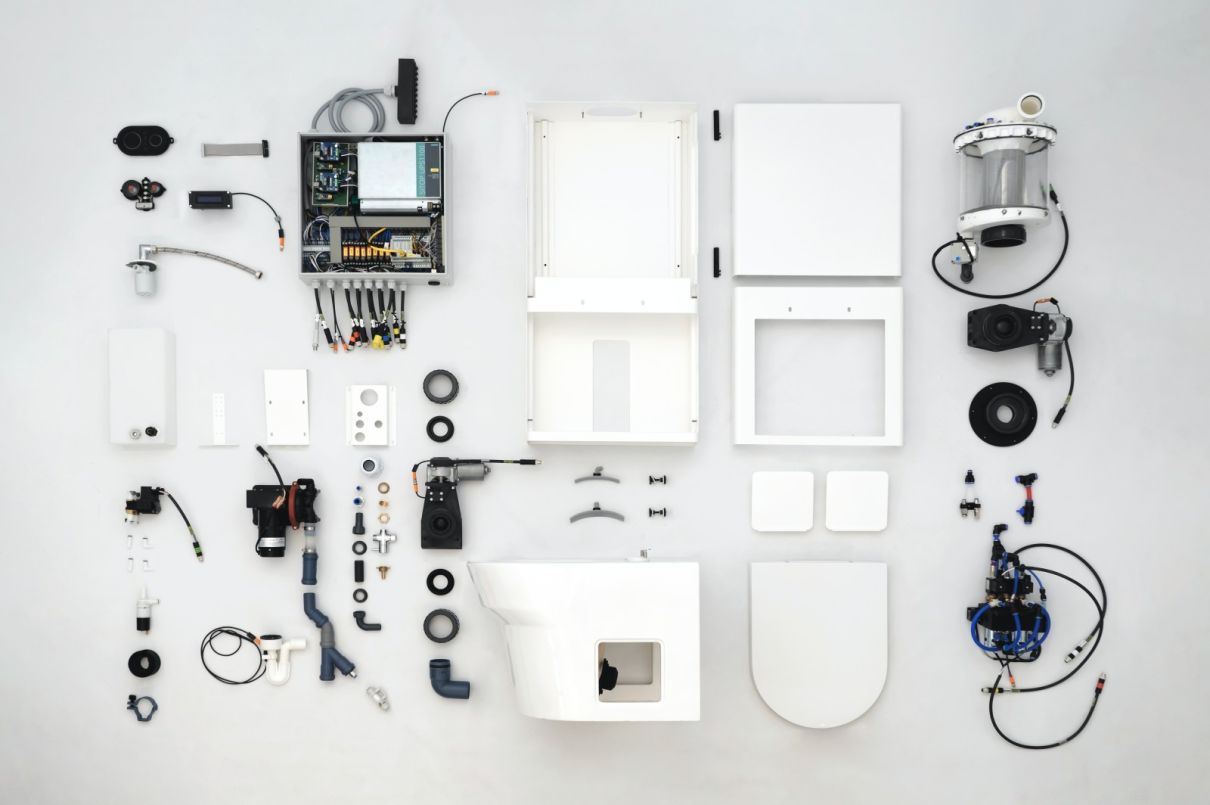
EOOS Next founder Harald Gründl wants design to connect with changemakers.
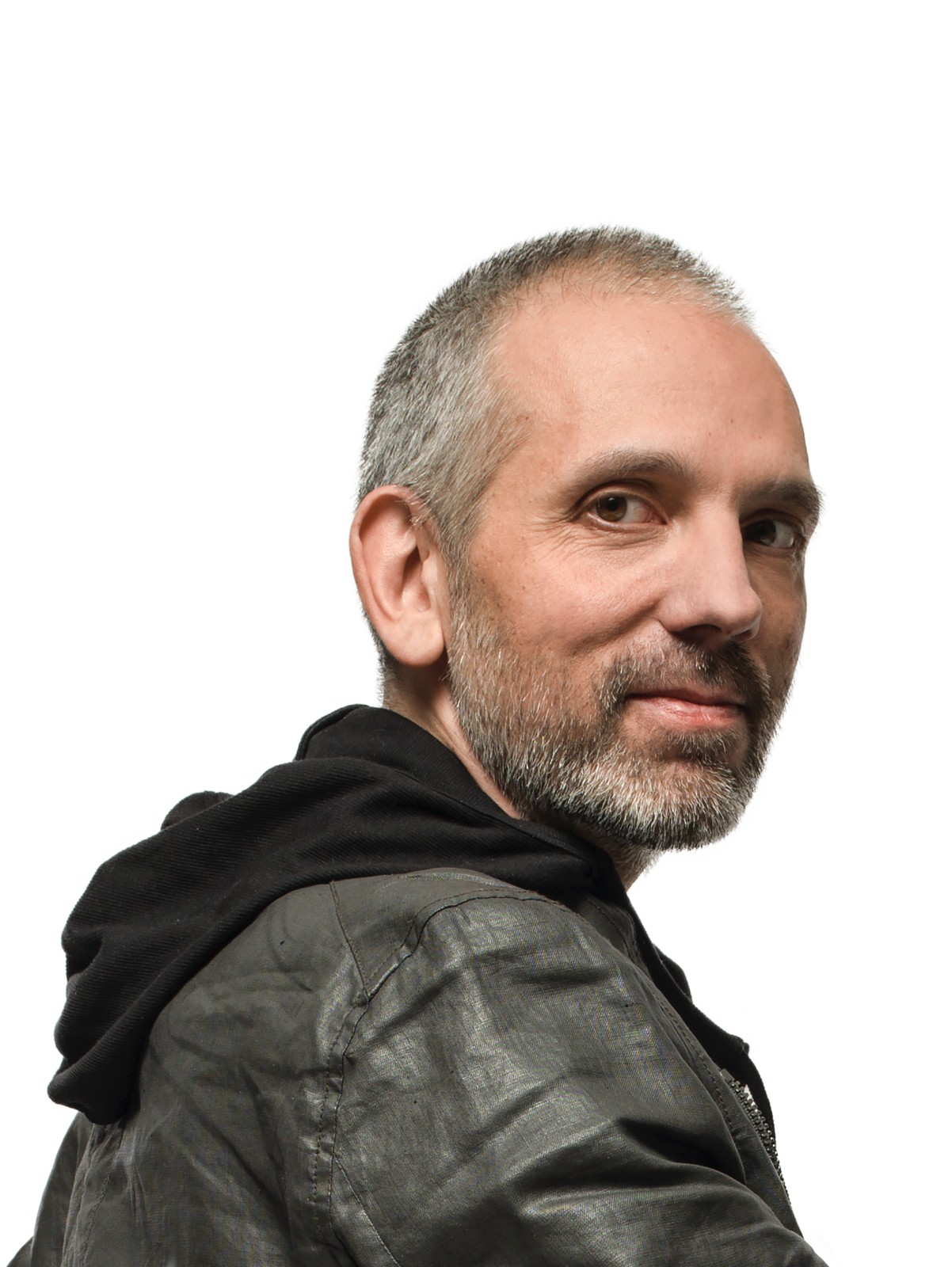
“It’s time for design to fix real-world problems.” It’s with these words that Harald Gründl, a founding partner of Austrian design studio EOOS, decided to spin off EOOS Next.
Established in 2020, the social enterprise constantly seeks positive change through design and transformative technologies in the fields of mobility, health, water, self-sufficient toilets, and electricity.
“I’m involved in three organisations that deal with three very different aspects of design: that keeps me on my feet”, says Gründl, who studied industrial design at the University of Applied Arts Vienna and holds a PhD in philosophy.
In 1995, when he co-founded Vienna design studio EOOS with Martin Bergmann and Gernot Bohmann, Gründl was focusing of producing durable design solutions for clients including Alessi, Armani, Bulthaup, Dedon, Duravit and Walter Knoll. But as he became the chair of the Institute of Design Research Vienna back in 2008, his reflections towards what 21st century design should stand for evolved: shouldn’t design be, above all else, a tool to foster social and sustainable changes?
Inspired by Victor Papanek (1923-98), a designer and educator, who became a strong advocate of the socially and ecologically responsible design of products, tools, and community infrastructures, Gründl became more and more eager to ‘design for the real world’ (the title of a famous book by Papanek published in 1971), in partnership with pioneers and changemakers.
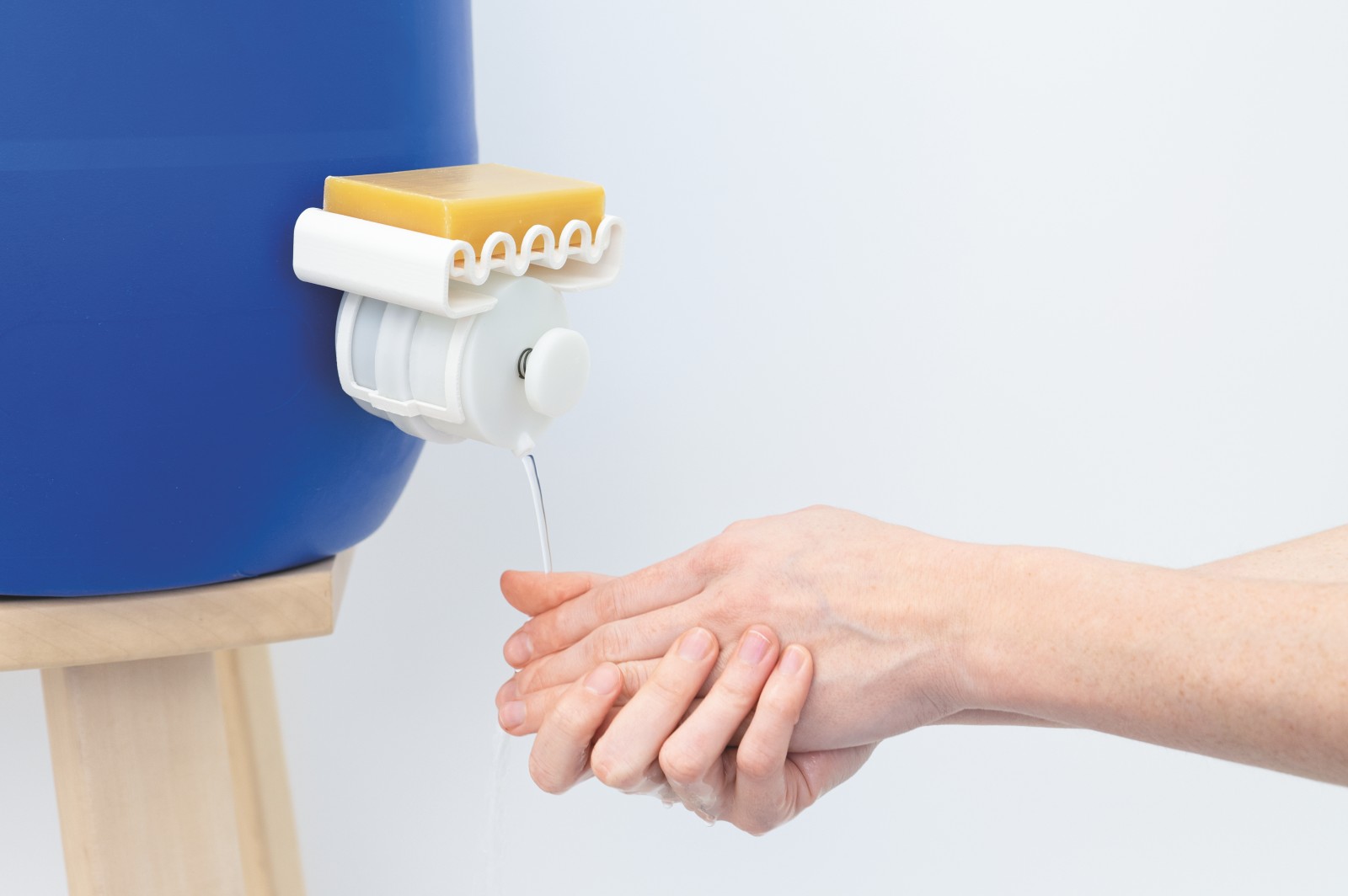
EOOS Next is attempting to recover and change the way we look at materials while challenging design’s role: Gründl “We need to rethink the way we build, consume and discard. If we open our eyes, everywhere, there is a dynamic form of counter-culture.”
He adds: “There are many movements, from the less to more radical; every country has its own and some share globalised ideas. Generally, a protest culture is on the rise, pushing businesses and governments to renegotiate projects that have an impact on climate and our natural surroundings.”
Gründl believes designers can play an important role in connecting the forces at play: protesters, scientific knowledge, and the ability of designers to shape the future.
Looking at very practical issues, EOOS Next delved into the problem of old sewage systems. “Whether in Paris or Vienna, the challenge is the same: we need to prevent the nitrogen load — which comes from urine — from entering the system.
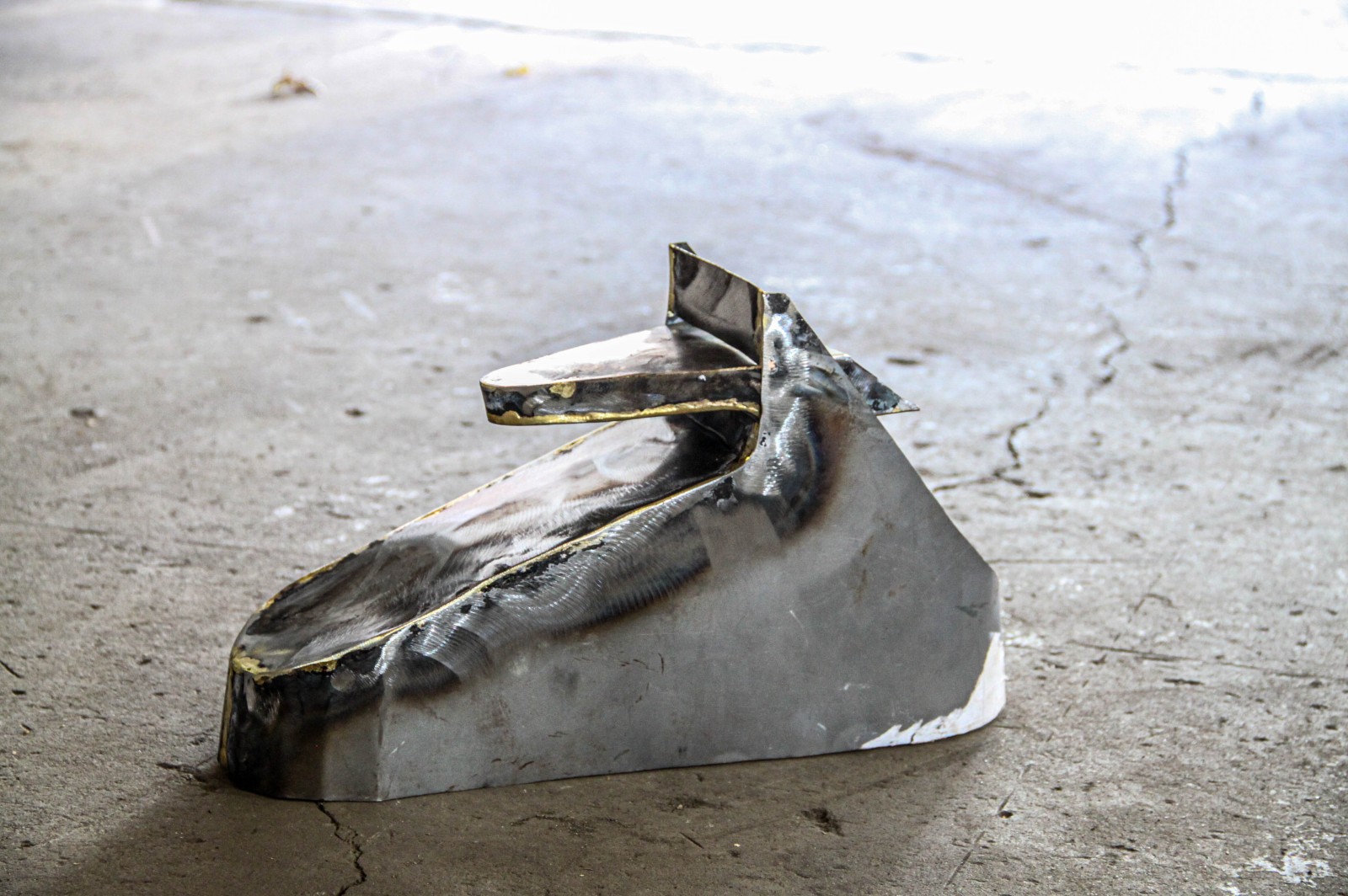
“For more than 10 years we have worked for the Bill & Melinda Gates Foundation to develop a simple technology that separates nitrogen and phosphates from urine in the toilet. Invisible to the user, the system brings a new resource forward: nitrogen and other micronutrients that can be repurposed as a fertiliser.
“Our role is to better understand how technology can bring more regenerative solutions and implement them into efficient design.”
EOOS Next is seeking to decrease the load of sewage and, on the other hand, to create fertilisers at zero cost. “Nature functions perfectly,” adds Gründl. “Animals don’t require a power plant to nurture the soil they feed on. We need to radically rethink our systems to be more adapted rather than disruptive to our local surroundings.”
With Swiss company Laufen, EOOS Next has launched the Save research project: working in close collaboration with architects, landscape architects and house technology experts, it equipped the first housing project in Vienna with urine separation.
Gründl says: “With the Bill & Melinda Gates Foundation we have been working on a hybrid flushing system that recycles a small amount of water. That specific toilet consumes no more than 2.5l of water over a whole day when used by a family of five.”
He adds: “I believe there is a common sense in everything on the planet: we are just constantly disturbing it all the time.”
eoosnext.com
This article originally appeared in Billionaire's Next Gen Issue. To subscribe, click bllnr.com/subscribe

